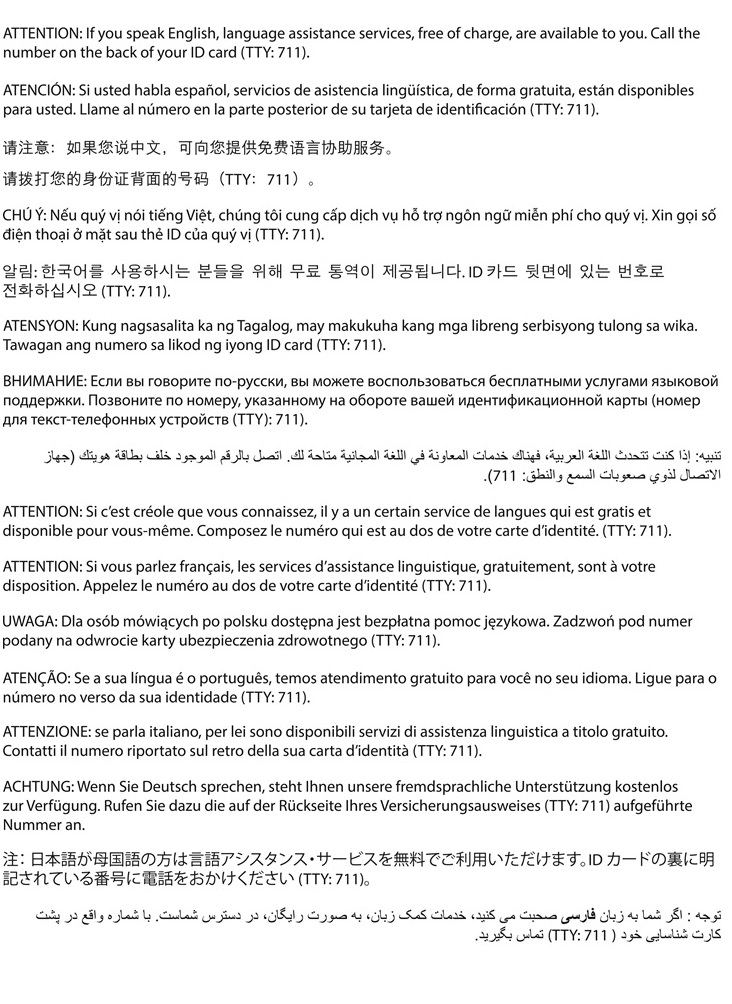This policy version was replaced May 29, 2023. To find the newest version, go to https://www.bluecrossmn.com/providers/medical-policy-and-utilization-management, read and accept the Blue Cross Medical Policy Statement, then select “Blue Cross and Blue Shield of Minnesota Medical Policies.” This will bring up the Medical Policy search screen. Enter the policy number without the version number (last 3 digits).
Subcutaneously implanted ambulatory event monitors have been developed to evaluate patients with symptoms suggestive of cardiac arrhythmias. These devices are similar to external memory loop recorder devices but are typically implanted in the pectoral region of the chest and thus may be referred to as an internal loop recorder (ILR). They can be triggered by the patient (or family member witness) to store a tracing or may be automated to trigger when a rhythm suggestive of an arrhythmia is detected. Model capabilities vary. Some devices allow for transtelephonic transmission, as well as automatic detection of significant arrhythmias with remote monitoring, and more continuous rhythm monitoring via daily transmission of telemetric data.
An implantable cardiac event monitor is rarely the preferred initial test for ambulatory cardiac monitoring. However, these devices can be useful for patients with infrequent symptoms, when prior assessments with a traditional Holter monitor or external event monitor have been undiagnostic, or when assessing for atrial fibrillation following cryptogenic stroke. Examples include the Reveal LINQ™ System and the BioMonitor.
An implantable ischemia detection monitoring system, the AngelMed Guardian System™, has been approved by the FDA for use in patients who have had prior acute coronary syndrome (ACS) events and who remain at high risk for recurrent ACS events. The system is to be used in an ambulatory setting as an adjunct to patient recognized symptoms to detect potential ongoing ACS events characterized by sustained ST segment changes.
I. Implantable Ambulatory Event Monitors
II. Implantable Intracardiac Ischemia Monitoring Systems
The use of implantable intracardiac ischemia monitoring systems is considered EXPERIMENTAL/ INVESTIGATIVE for all indications due to a lack of clinical evidence demonstrating an impact on improved health outcomes.
0525T 0526T 0527T 0528T 0529T 33285 93285 C1764 C1833 E0616
Blue Cross and Blue Shield of Minnesota medical policies apply generally to all Blue Cross and Blue Plus plans and products. Benefit plans vary in coverage and some plans may not provide coverage for certain services addressed in the medical policies. When determining coverage, reference the member’s specific benefit plan, including exclusions and limitations.
Medicaid products may provide different coverage for certain services, which may be addressed in different policies. For Minnesota Health Care Program (MHCP) policies, please consult the MHCP Provider Manual website.
Medicare products may provide different coverage for certain services, which may be addressed in different policies. For Medicare National Coverage Determinations (NCD), Local Coverage Determinations (LCD), and/or Local Coverage Articles, please consult CMS, National Government Services, or CGS websites.
Note that services with specific coverage criteria may be reviewed retrospectively to determine if criteria are being met. Retrospective denial of claims may result if criteria are not met.
Blue Cross and Blue Shield of Minnesota reserves the right to revise, update and/or add to its medical policies at any time without notice. Codes listed on this policy are included for informational purposes only and are subject to change without notice. Inclusion or exclusion of a code does not constitute or imply member coverage or provider reimbursement.
These guidelines are the proprietary information of Blue Cross and Blue Shield of Minnesota. Any sale, copying or dissemination of the medical policies is prohibited; however, limited copying of medical policies is permitted for individual use.
Acknowledgements:
CPT® codes copyright American Medical Association® 2022. All rights reserved.
CDT codes copyright American Dental Association® 2022. All rights reserved.
